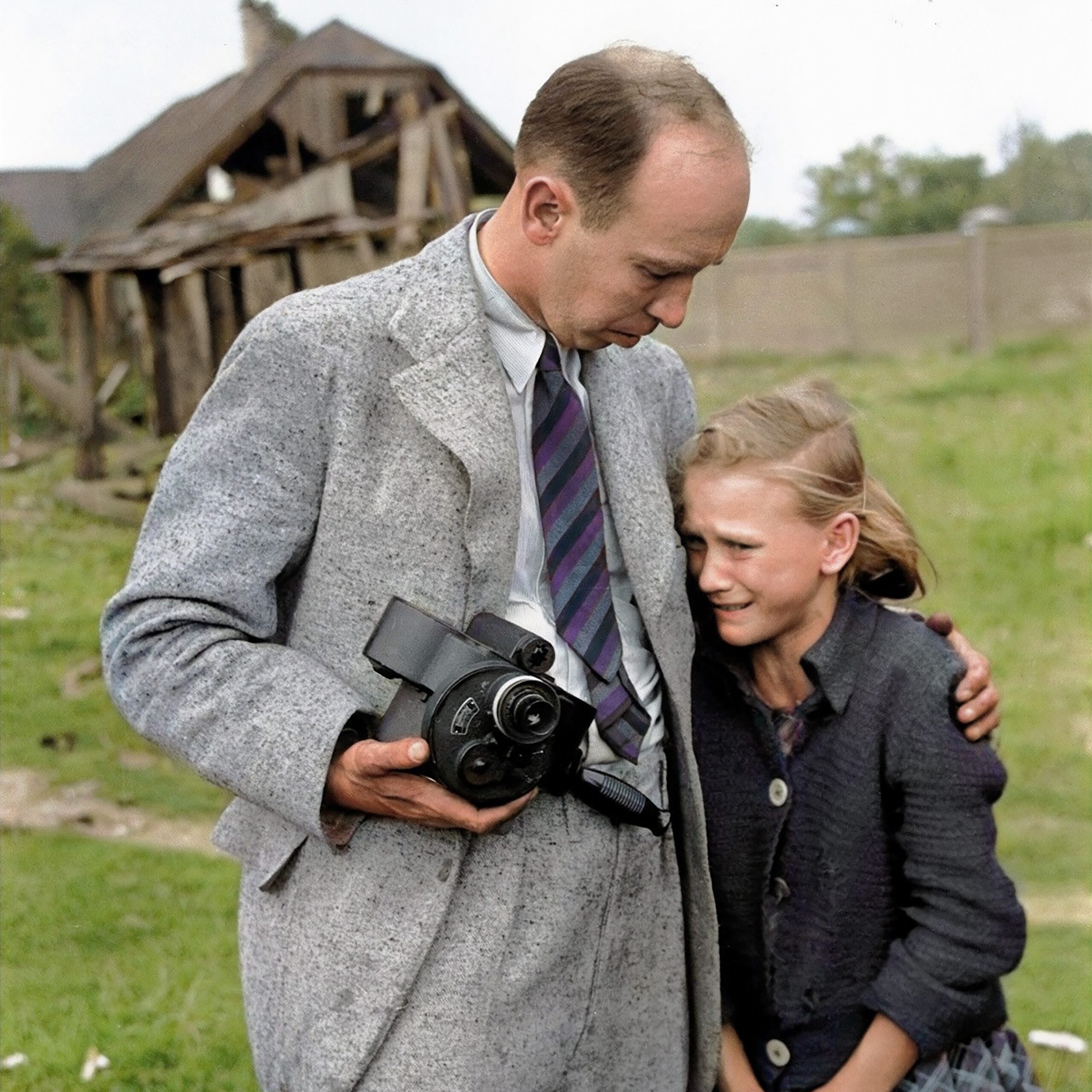
04 Aug Julien Bryan
A photographer who gave the world a close-up view of the German invasion of Poland in 1939. Long before the era of cable news and global 24-hour media coverage of conflicts, Julien Bryan helped bring photographic documentation of warfare to the public.
Julien Hequembourg Bryan was the creator of numerous iconic photographs that have come to symbolize the brutality of Germany’s war against Poland.
Born in 1899, Julien joined the U.S. Army at the age of seventeen. He soon found himself on the front lines of World War I, which he documented in his journal, later published as a book.
His experience as an ambulance driver in the Great War inspired him to try his hand at photojournalism and documentary films about war. The opportunity to make a career-defining movie, one that would show the realities of war to the masses, came in 1939, when Germany invaded Poland.
Bryan traveled to Warsaw as it prepared to resist the Nazi onslaught. The mayor provided him with a car, along with a security detail and personal translator, all to ensure that the world could witness the truth about Germany’s total war. When Bryan learned what it was like to live under German bombardment, he addressed Franklin D. Roosevelt through Polish Radio, asking the U.S. president to help the civilians of Warsaw. Sadly, Julien Bryan was the only foreign journalist in Warsaw in that difficult period. Millions of Polish civilians might have met a different fate if the world had taken an interest in their plight from the very beginning.
Julien Bryan took the first color photographs of World War II, though he mainly shot in black and white in Poland. He photographed soldiers and civilians, and documented the destruction of the early phase of the war, along with the first German bomber shot down by Poland’s air defense—all while risking life and limb. Among his best-known images is a series of photographs depicting Kazimiera Kostewicz mourning the death of her sister, killed in a criminal attack on a group of fleeing civilians by a Luftwaffe plane.
Julien Bryan left Warsaw on September 21, 1939, as the Polish capital went up in flames. He published his images immediately upon his return to America, and edited the footage of the heroic defense of Warsaw to produce the documentary Siege.
He would return again to Poland after the war, in 1946, bringing home many color images that have survived to this day. They offered a never-before-seen glimpse of a once-beautiful city turned to rubble. There’s something about black-and-white photographs that make them feel less real, more distant, and less relevant, while color pictures are strikingly realistic and remain a powerful reminder of how similar the world they depict was to ours even 70 years later.


